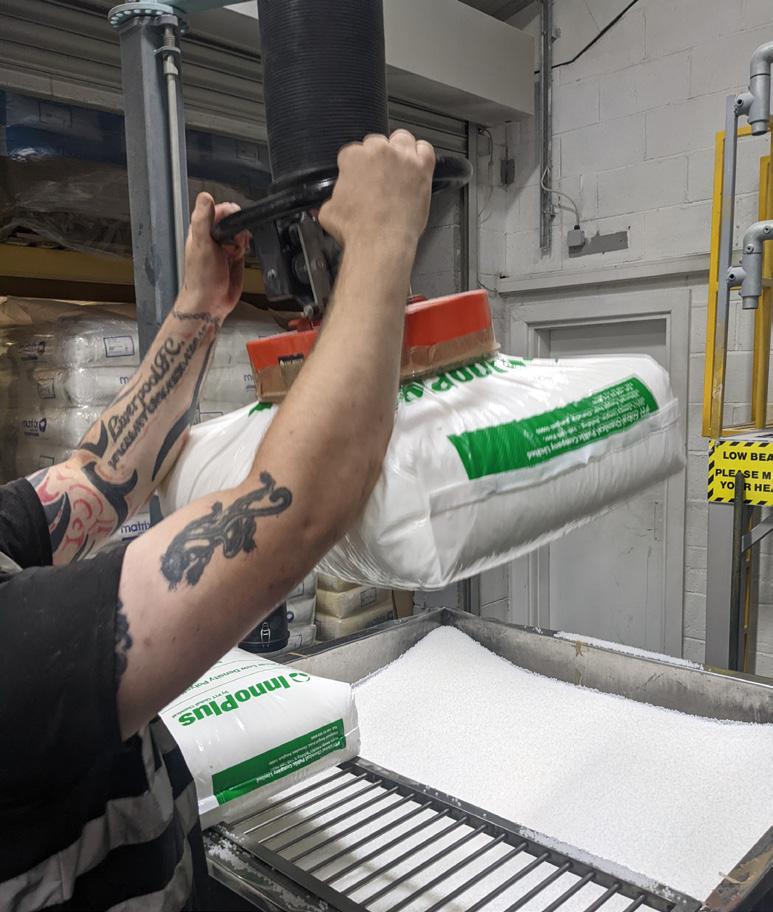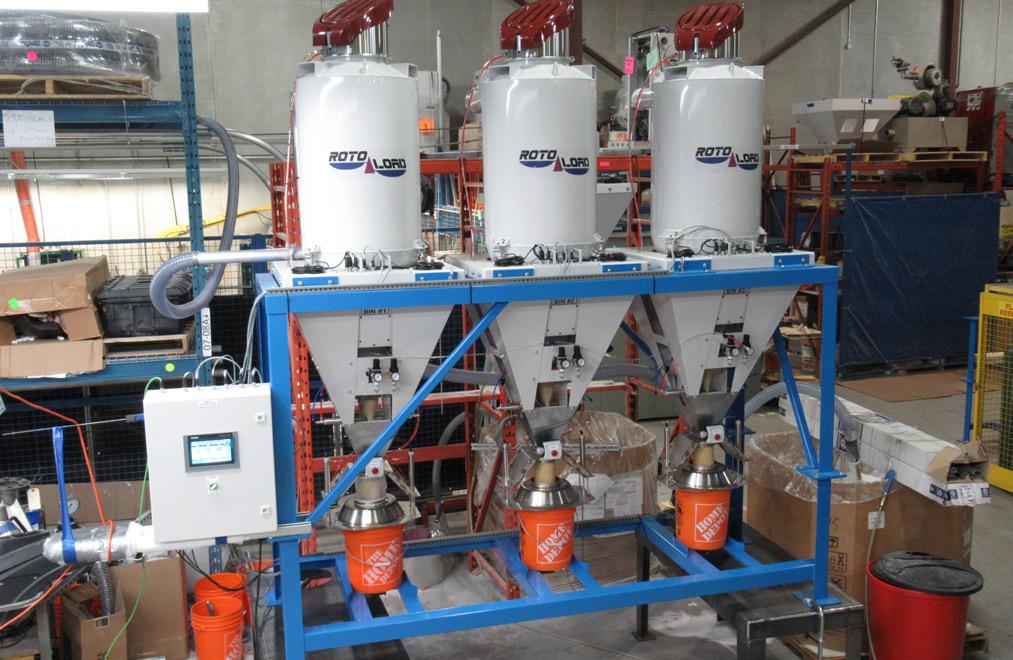
2 minute read
At Issue
Martin Coles, Matrix Polymers
Automation and Improving Working Conditions for Production Operators – Can We Afford Not To Do It?
The rotomoulding industry is faced with many challenges, and one of the most universal is the shortage of skilled, reliable, and hardworking, shop-floor employees.
Worldwide, there is a combination of full employment, rapid wage inflation, and a fickle workforce who can choose what they want to do.
This represents a particular problem for rotomoulding, as the work is often very physical and the working conditions can be relatively unpleasant.
For the same money, why would you want to work in a hot, sticky, and noisy factory when you can work behind the counter in an air-conditioned shop, drive a forklift in a clean, quiet warehouse, or even work from home?
Manufacturing in general isn’t perceived as “sexy” these days, and if you add the word “plastics” to the mix, then we’re facing an uphill battle to attract and retain the right people.
So it is incumbent on all of us to try to make the job as attractive as we can, and this means making working conditions as attractive as possible and reducing heavy manual and repetitive work.
There are lots of innovations out there and it’s worth moulders investing some time in finding out what labour-saving devices are available and investigating what processes can be automated.
As a manufacturer of rotomoulding powders, we are very familiar with many of the issues our customers face. We perform a large amount of manual handling of bags of material - usually 20 kg (44 lbs) and 25 kg (55 lbs) bags - and some of our staff have been injured from repetitive heavy lifting.
It was discovered that there is a tool called a “Vacuum Lifter” that allows our production staff to pick up and move bags of polymer with minimal physical effort. We initially trialed this system in our factory in the UK to prove the concept and then invested in several more units.
Automating the movement and delivery of the powder around the facility and directly to the oven is another laboursaving process that can be implemented in a ROTO facility. The ROTOLOADTM powder weighing, and dispensing system is a proven device that we have come across. Wittman Battenfeld, Canada has developed the ROTOLOADTM, a purpose-designed device. By using this ROTOLOADTM system, moulders can measure out-shot weights accurately. They can also deliver the powder directly into a mixer or directly into the mould without manually weighing or lifting. Besides preventing repetitive strain injuries, the system ensures that shot weights are consistent and accurate. In addition to improving product quality, this will make the production operator’s job much easier.
Finally, I would like to mention the growing trend for rotomoulders to adopt more automated nonconventional rotomoulding techniques. This will significantly reduce and might even eliminate the role of the production worker. AMS and Persico have developed automated systems that do not require conventional ovens and can run without manual intervention, which have mostly been pioneered in Europe. Roto Evolution in Germany has also developed a robotised system of production cells.
The problem of labour shortages and costs will only continue to worsen. Our industry must continue to invest and find effective ways to improve the lives of our production workers. Do we have any choice?










